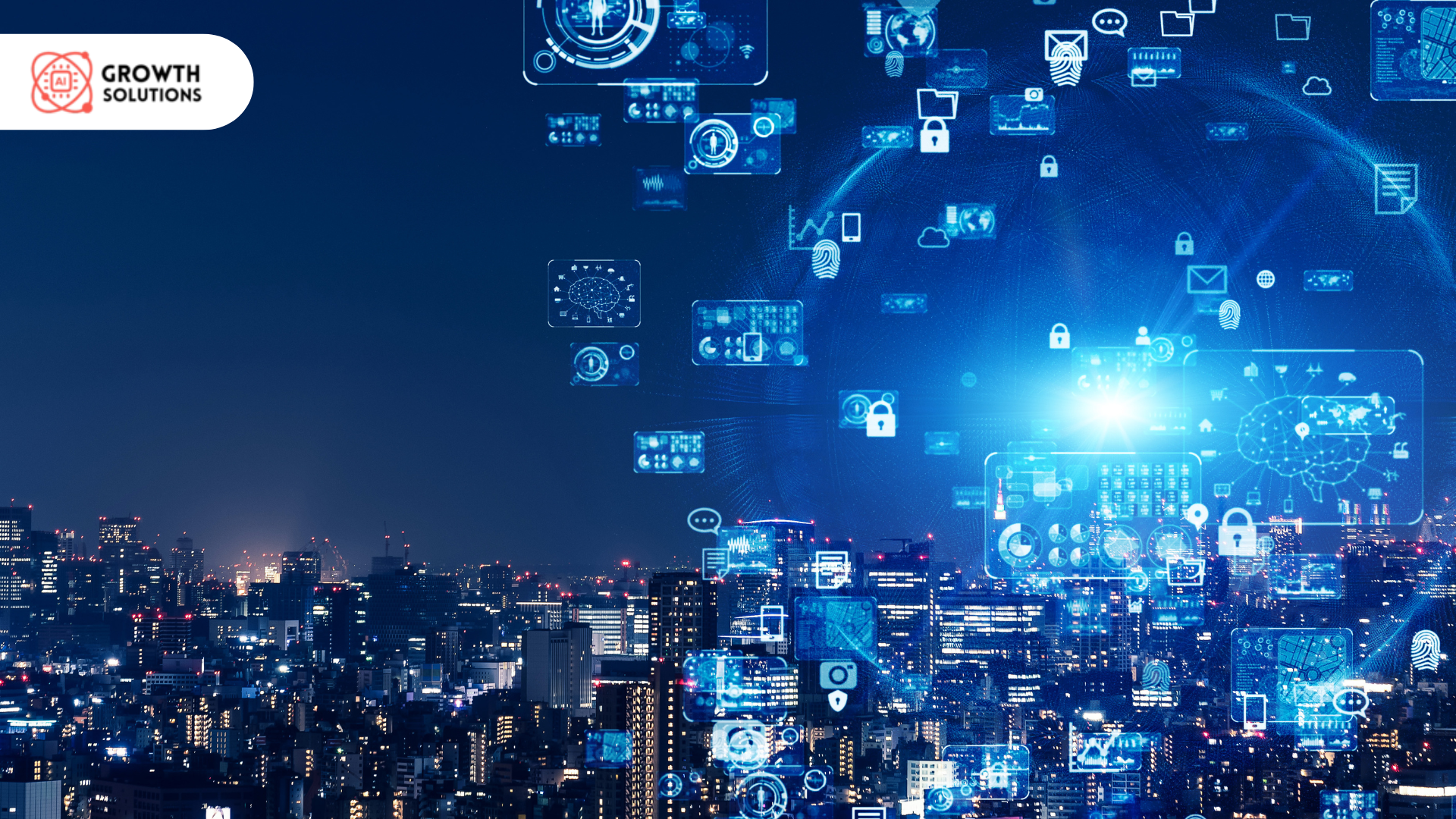18554493114
Call us for any question.
- support@aigrowth-solutions.com
- 349 Blue Point Rd Farmingville, NY 11738,USA
Call us for any question.
18554493114
Search for products
Blog Detail
- Home
- Blog
- Details
What Types of Data Can Be Collected from IOT Devices?
The Internet of Things (IoT) is revolutionizing how we interact with the world. From smart homes to connected cars, IoT devices are everywhere, gathering incredible data that can drive efficiencies, improve customer experiences, and open up new business opportunities. This blog post will explore the types of data collected from IoT devices, the data collection process, storage considerations, and the importance of security in IoT data collection.
Introduction to IoT and Its Significance in Data Collection
IoT devices are embedded with sensors, software, and other technologies to connect and exchange data with other devices and systems over the internet. This interconnected web of devices provides valuable insights through real-time data collection, making IoT a critical component in various industries, from healthcare to manufacturing.
Overview of the Data Collection Process in IoT Devices
Data collection in IoT involves several steps, from the sensors detecting specific conditions to transmitting, processing, and storing the data. Here's a simplified view of the process:
- Sensors gather data from the physical environment.
- Data Transmission involves sending the collected data to a centralized server or cloud.
- Data Processing is where raw data is cleaned, transformed, and analyzed.
- Data Storage means saving processed data for future use and analysis.
The Types of Data That Can Be Collected from IoT Devices
Environmental Data
Environmental data includes metrics like temperature, humidity, air quality, and light levels. This data is critical in sectors such as agriculture, where monitoring ecological conditions can help optimize crop yields, or in smart homes, where it can improve energy efficiency.
Operational Data
Operational data provides insights into the status and performance of IoT devices. This can include device uptime, battery levels, error rates, and firmware updates. For example, operational data can predict machine maintenance needs in industrial settings, reducing downtime and saving costs.
Behavioral Data
Behavioral data focuses on user interactions and preferences. It can track how users engage with devices and their usage patterns and preferences. This data is invaluable for businesses looking to customize user experiences, improve product design, and increase customer satisfaction.
How IoT Data is Collected and Stored
Data Collection
IoT data is typically collected through various sensors embedded in the devices. These sensors can measure multiple parameters depending on the device's purpose. The collected data is transmitted through wireless networks to centralized servers for processing.
Data Storage
Once collected, IoT data needs to be stored securely and efficiently. Cloud storage solutions are commonly used due to their scalability and accessibility. Proper data management ensures that the data remains usable, secure, and compliant with regulatory standards.
Importance of Secure IoT Data Collection
With the increasing number of connected devices, ensuring the security of IoT data collection is crucial. Secure data collection involves:
- Encrypting data during transmission.
- Implementing robust authentication protocols.
- Regularly updating device firmware to protect against vulnerabilities.
Security breaches can lead to significant data loss, financial damage, and reputational harm.
Challenges and Future Trends in IoT Data Collection
Challenges
Despite its potential, IoT data collection faces challenges such as privacy concerns, interoperability issues between different devices, and managing the sheer volume of data generated. Businesses must address these challenges to leverage IoT's full potential.
Future Trends
Looking ahead, the integration of AI and machine learning with IoT will enhance real-time data analysis, predictive maintenance, and automation. Edge computing, which processes data closer to where it is generated, will reduce latency and bandwidth use, making IoT systems more efficient.
Conclusion The Growing Need for Efficient IoT Data Collection
IoT data collection is transforming how we live and work. From improving operational efficiency to enhancing user experiences, the potential of IoT data is vast. However, to fully harness the power of IoT, businesses must focus on secure, efficient data collection and stay ahead of emerging trends. At AI Growth Solution, we specialize in helping businesses implement robust IoT data collection strategies tailored to their unique needs.
Ready to take your IoT data collection to the next level? Learn more about our services and get started today!
Category
IOT Installations
Previous Post
What Are the Benefits of Using IoT Technology in the USA
The Internet of Things (IoT) transforms how we interact with the world around us. IoT technology is ...
Next Post
How Can IoT Be Used In The Manufacturing Industry?
In today's rapidly evolving manufacturing landscape, the integration of Internet of Things (IoT)...
Today's businesses span borders, requiring versatile solutions.



 Admin
Admin
